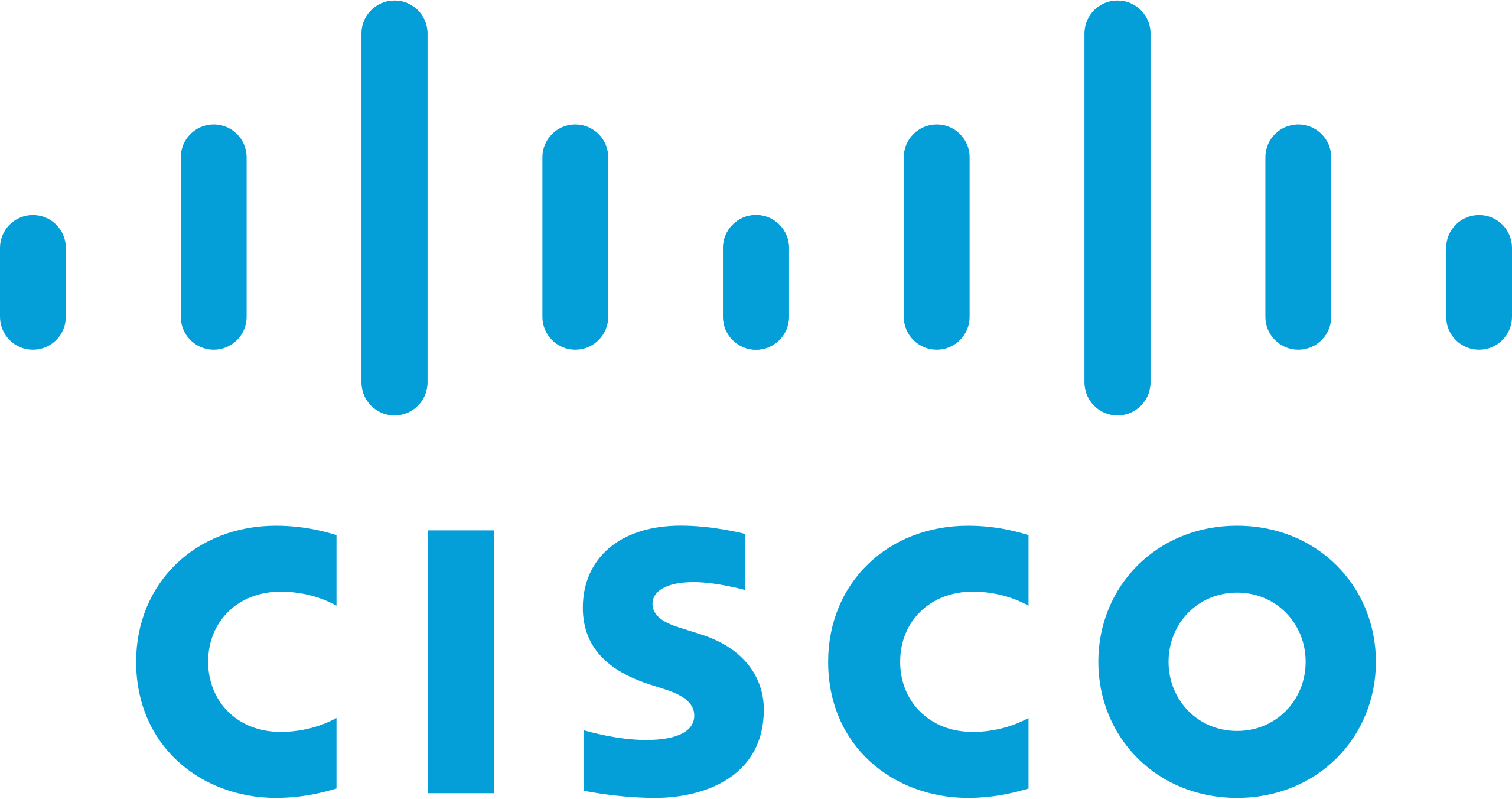The Role of Massage in
Corporate Wellness Programs
The Role of Massage in
Corporate Wellness Programs
In today’s economy, businesses compete not only on services but also on resources. Turnover, burnout, and stress are some of the toughest issues for businesses to deal with. The finest firms are prioritizing Corporate Wellness Programs that not only promote physical activity, but also foster mental resilience, emotional health, and preventive care.
Massage therapy is one of the most effective, flexible, and economical services available in the market. Alas, many companies still consider workplace massage as an employee benefit rather than investing in it strategically. It is our mission at the American Massage Therapy Institute (AMTI) to ensure that our graduates reshape workplace wellness initiatives and change that perception.


In today’s economy, businesses compete not only on services but also on resources. Turnover, burnout, and stress are some of the toughest issues for businesses to deal with. The finest firms are prioritizing Corporate Wellness Programs that not only promote physical activity, but also foster mental resilience, emotional health, and preventive care.
Massage therapy is one of the most effective, flexible, and economical services available in the market. Alas, many companies still consider workplace massage as an employee benefit rather than investing in it strategically. It is our mission at the American Massage Therapy Institute (AMTI) to ensure that our graduates reshape workplace wellness initiatives and change that perception.
Emerging Workplace Wellbeing Needs & Corporate Wellness Programs
As highlighted in Gallup’s State of the Global Workplace 2024 report, 44% of employees feel stressed within their work environment on a daily basis. Moreover, industry-wide burnout continues to intensify, creating serious challenges for both employers and employees. According to the American Psychological Association points out the correlation between job-related stress and chronic health issues, such as heart disease, diabetes, and depression.
The outcome is unmistakable: wellness provides value in boosting productivity, innovation, and loyalty to the organization. Workplace Massage therapy, as an example, supports both mental and physical alleviation of stress in a workplace.
What the Research Says about Workplace Massage Therapy?
The following research highlights the benefits of providing massage therapy in corporate settings.
- Research conducted by the Touch Research Institute shows that chair massage sessions of even 15 minutes duration can decrease anxiety and increase alertness.
- A published review by Harvard Health Publishing stated that on-site massage program can reduce blood pressure, decrease cortisol levels, and improve sleep quality, which is essential for long-term employee productivity.
- The American Massage Therapy Association, AMTA, has reported that companies who provided on-site massage therapy reported decrease in workers’ compensation claims and repetitive strain injuries.
These findings highlight the need for providing on-site massage therapy and its impact on long-term healthcare and cost reduction in corporate spending. Increased productivity, decreased medical claims and spending, and fewer sick days translates to positive returns.
The ROI of Corporate Wellness for Leaders
The benefits of corporate massage are becoming more apparent, and as a result, businesses are now seeing tangible returns on their investments. For instance, according to The World Health Organization, for every dollar invested in mental health, businesses receive a four-dollar return in productivity. Moreover, corporate massage serves a dual purpose of alleviating mental stress while also addressing chronic illnesses. Therefore, it has become a powerful component of Corporate Wellness Programs, driving not only employee well-being but also long-term organizational success.
As proven by,

They use a peer recognition system where employees are awarded “massage credits,” redeemable for on-site massages. This fosters work culture wellness.

Cisco Systems
Added massage to their onsite wellness rooms and reported boosted morale and less stress during their busiest times.

Small Michigan tech firm
After implementing bi-weekly chair massages, the firm reported a 35% drop in sick days and enhanced teamwork.
The takeaway: Corporate massage should be seen as an investment in wellness rather than an extravagant spa treat.
The Human Impact of Corporate Wellness Programs
At this point, it’s worth noting. Picture a worker seated an a desk for 8–10 hour shifts, slouched, deep into a screen, shoulders depressed, eyes strained. Over time, stress accumulates in the neck, the eyes, the head, and overall tension.
Now indulge in some imagination again. Picture that same employee after a 15 minute chair massage. To be round, stress discounts, muscles now supple, reflexes sharper. The 15 minute “off” made more of a difference than a lunch break, workout, or respite.
This is a story I heard from an HR manager of a manufacturing firm in Detroit.
Corporate Wellness Initiatives and Workplace Health Programs

-
Chair massage on-site
The most popular workplace massage method. Weekly, biweekly, or monthly appointments are available, and sessions last 10 to 20 minutes. Ideal for high-stress industries like tech, healthcare, and finance.
-
Pop-Up Mobile Massagers
During times of high stress, such as the quarter-end close, new product launches, or important deadlines, bring therapists into your office.
-
Off-Site Sessions With Subsidies
Give staff members wellness stipends to spend on massages at partner clinics that have been approved. For remote or hybrid teams, this is helpful.
-
Corporate Wellness Workshops
For teams that spend a lot of time at desks, massage therapists can conduct group sessions on posture correction, stretching, and self-massage techniques.
-
Integration of Corporate Retreats
Incorporate massage into leadership off-sites, team-building exercises, on-site massage programs and corporate retreats. AMTI frequently offers trainings.
Typical Issues and How to Pay for Them
It is possible to scale massage programs. Prior to implementing regular sessions, start with a quarterly wellness day. Many businesses use insurance savings and lower absenteeism to offset expenses.
Logistics: A small, private area is all that is required; frequently, a conference room is ideal.
Engagement: A few workers might be reluctant to get a massage at work. Comfort and involvement are increased by educating people about the advantages and making sure that therapists are qualified professionals with full licenses.

Typical Issues and How to Pay for Them
In addition to teaching technique, the American Massage Therapy Institute equips its therapists to work well in corporate settings. The following topics are covered in our curriculum:
-
Workplace Human Factors
Recognizing patterns of strain from physically demanding jobs, factory jobs, or desk work.
-
Professional Conduct
Discreetly navigating various corporate cultures.
-
Outcome-Based Massage
Treatments designed to produce quantifiable gains in energy, posture, and stress.
-
HR Collaboration
Speaking with managers to match the objectives of the business with massage services.
The outcome? therapists who strategically support workplace health initiatives in addition to offering relief.
An Actual Case from AMTI Graduates
During tax season, one AMTI graduate joined forces with a mid-sized accounting firm. For eight weeks, the company provided chair massages twice a week. Feedback surveys revealed that,
- 92% of workers felt less stressed.
- 78% said they had fewer headaches.
- 85% of respondents stated that it made them more inclined to suggest the business as a fantastic place to work.
The program was less expensive than replacing a single high-performing worker who might have burned out during the hectic time, according to the HR director.

The Influence on Culture
More than just relieving aching muscles, workplace massage also influences organizational culture. In addition, it fosters loyalty that money cannot purchase by sending a clear message that leadership prioritizes people over profit margins. Moreover, wellness programs like massage can help differentiate a business in an era when workers increasingly demand comprehensive support.
According to LinkedIn’s 2025 Workplace Learning Report, companies with robust wellness cultures have twice as many engaged employees compared to those without such initiatives. Therefore, integrating massage into wellness programs is not simply a perk—it is a strategic investment in long-term success.
The Future: Using Massage as a Fundamental Wellness Technique
We’re moving towards a future where corporate wellness is not a checkbox, but a strategic pillar.
Because it:
- Addresses mental and physical health;
- Adapts to various workplace models (remote, hybrid, and on-site);
- Showcases both short-term and long-term benefits;
- Corresponds with preventive healthcare goals;
More companies are likely to offer massage as a standard benefit—just like healthcare or PTO—because the ROI, both human and financial, is too significant to ignore.
Conclusion
As someone who has spent over 25 years in this profession, I can confidently say: corporate massage isn’t about luxury—it’s about longevity. It’s an investment in people, productivity, and purpose. When companies commit to employee wellness at this level, everyone wins.
About the Author

Maciek Lyko is a licensed massage therapist and Owner of Spa Mariana and Founder of the American Massage Therapy Institute (AMTI). With decades of experience in global therapeutic bodywork, he advocates for the integration of massage into everyday life and business practice.
Want to bring AMTI-certified massage therapists to your workplace?
Visit www.americanmassagetherapyinstitute.com to learn more.
